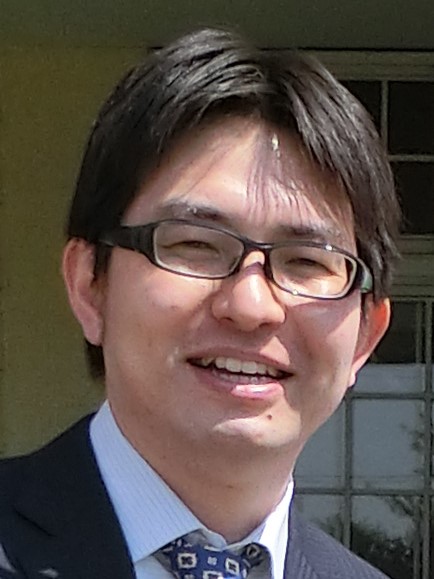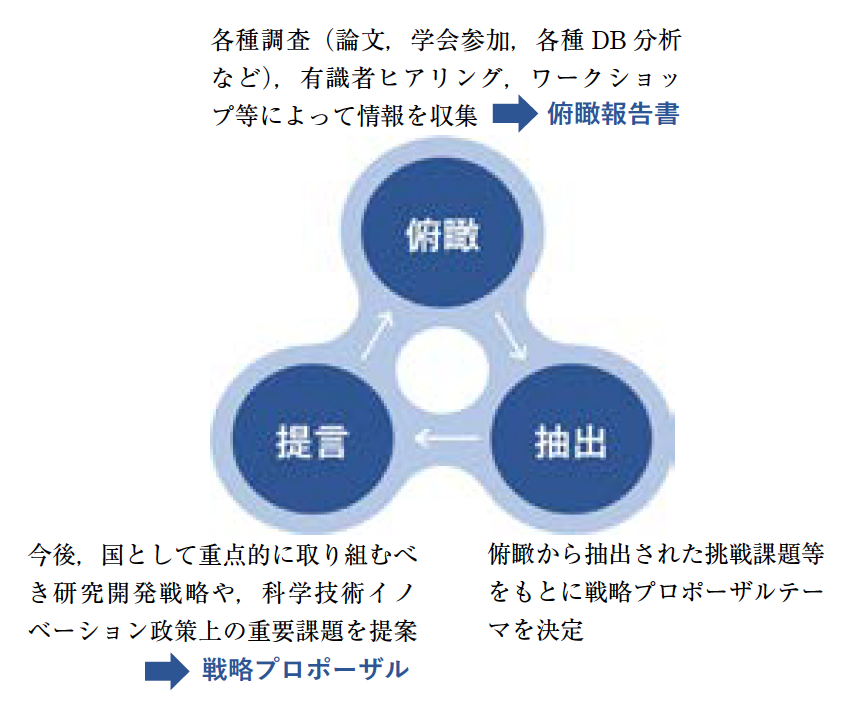Disclaimer: machine translated by DeepL which may contain errors.
Career paths outside of academia and industry
Tetsu Miyashita (Department of Physics / Project Professor and Senior URA, Office of Research Strategy and Development)

I am on secondment from the Japan Science and Technology Agency (JST). After working at the University, I have come to think that "students may feel that their career path is like a choice between remaining in academia or working in industry. In this paper, I would like to introduce the Center for Research and Development Strategy (CRDS), which plays a think-tank function within the Japan Science and Technology Agency (JST), to which I was transferred, based on my own experience as a doctoral student in physics who chose a third career path other than the above, with my personal views. I hope that this article will be helpful to students who read it in designing their future.
CRDS is a "think tank that aims to navigate science and technology innovation for the sustainable development of Japan and human society," and consists of six units: four science and technology field units, including the Nanotechnology and Materials Unit to which I belonged, the Science and Technology Innovation Policy Unit, and the Overseas Trends Unit. The main tasks of the four science and technology units are (1) to overview and analyze R&D and policy trends in their respective fields and (2) to propose new R&D strategies that should be promoted by the government.
The foundation of CRDS activities is a "bird's-eye view. In order to grasp trends and issues from a bird's eye view, CRDS collects a variety of information, placing particular importance on information obtained by its own feet. The most valuable information is the "real voices" of those who are active on the cutting edge, and we often come in contact with information that cannot be obtained at domestic academic conferences or international meetings. Incidentally, in the "Overhead Report on Research and Development in the Field of Nanotechnology and Materials (2021)," which summarizes the results of our overhead activities, we refer to the opinions of more than 170 experts in total.
The next step is to analyze the trends identified by the bird's-eye view, identify issues that should be addressed by the government, and summarize them in a proposal called the Strategic Proposal. Based on the bird's-eye view activities, each unit identifies several themes to be considered for proposals, and after a debate among the CRDS members, about 5 to 10 themes are systematically selected each year for in-depth study. A team is formed for each theme to prepare a strategic proposal, and the team leader leads the team in collecting and analyzing information and constructing and verifying hypotheses for the strategy, centered on interviews with dozens of experts. Only those proposals that pass the gate review process multiple times, depending on the stage of consideration, are published as "strategic proposals. The workload on the team leader is heavy, but the sense of accomplishment upon completion is considerable. Fortunately or unfortunately, I have experienced this three times so far.

Figure: Overview, Extraction, and Recommendation in CRDS
The goal of a strategic proposal is not to be published, but to be utilized in national science, technology, and innovation policy, and to be truly valuable only when it is implemented in industry and academia. To this end, we will continue to provide information to policy makers and cooperate with relevant ministries and agencies in their policy deliberations. Finally, I would like to describe the best part of working at CRDS.
The best part of working at CRDS is the opportunity to form a diverse network of contacts through exchanges of opinions with top-notch (some of them are very top-notch) researchers and people in the industrial world. In addition to the latest research trends, we can hear about their hardships and problems, and see who they are as a person. As a past famous saying goes, "A man is a castle, a man is a stone wall..." I believe that the source of improving our country's research capability is "people," and for me, interacting with people in various positions is the first step to supporting our research capability, which I find enjoyable. On the other hand, it is also true that there are many times when I suffer from the heavy responsibility of CRDS, which involves many people and tries to make a difference in national policy deliberations. This coexistence of pleasure and pain is what makes CRDS so attractive and rewarding.
I hope that young people who want to make a difference in science, technology, and innovation policy will learn about this kind of work.
Faculty of Science News welcomes essay submissions. We welcome all submissions, regardless of whether they are self-recommended or not. We especially welcome submissions from Faculty and graduate students. However, the Communications & Public Relations Committee will decide whether or not to publish your essay.
Please send your submission to rigaku-news@adm.s.u-tokyo.ac.jp.
Published in the September 2022 issue of Faculty of Science News


